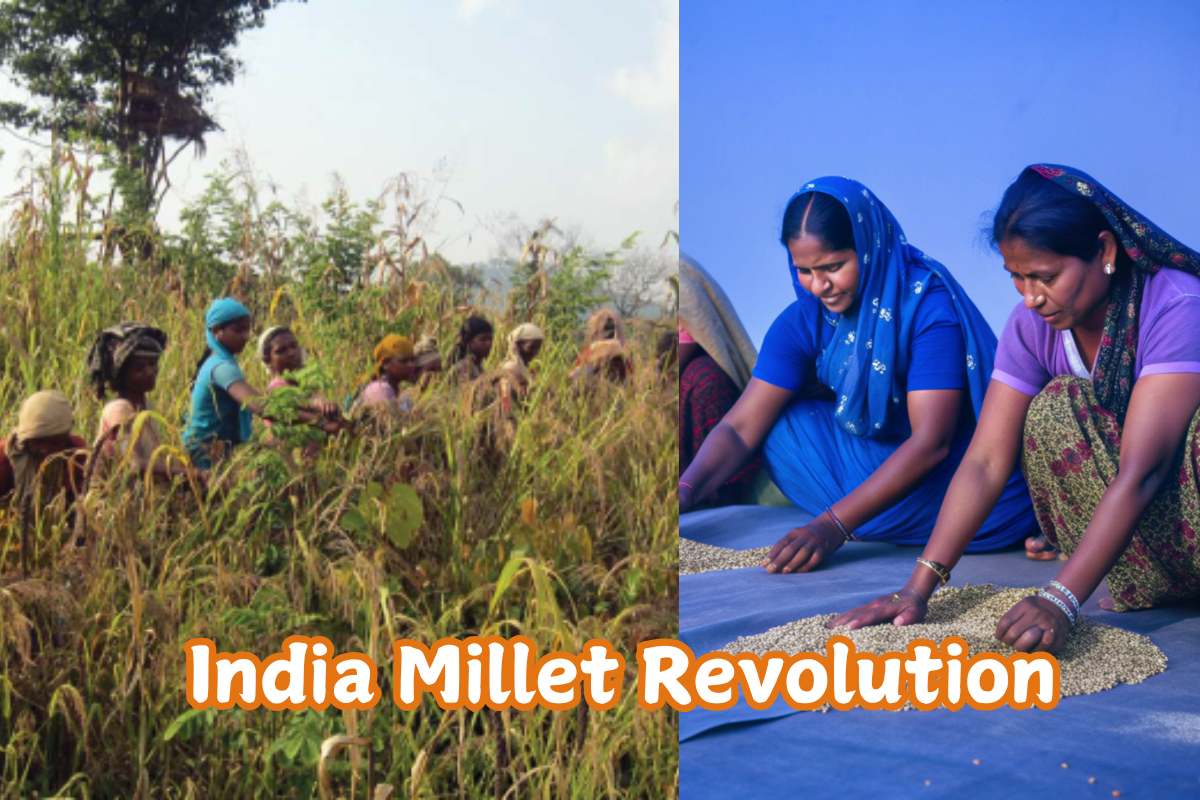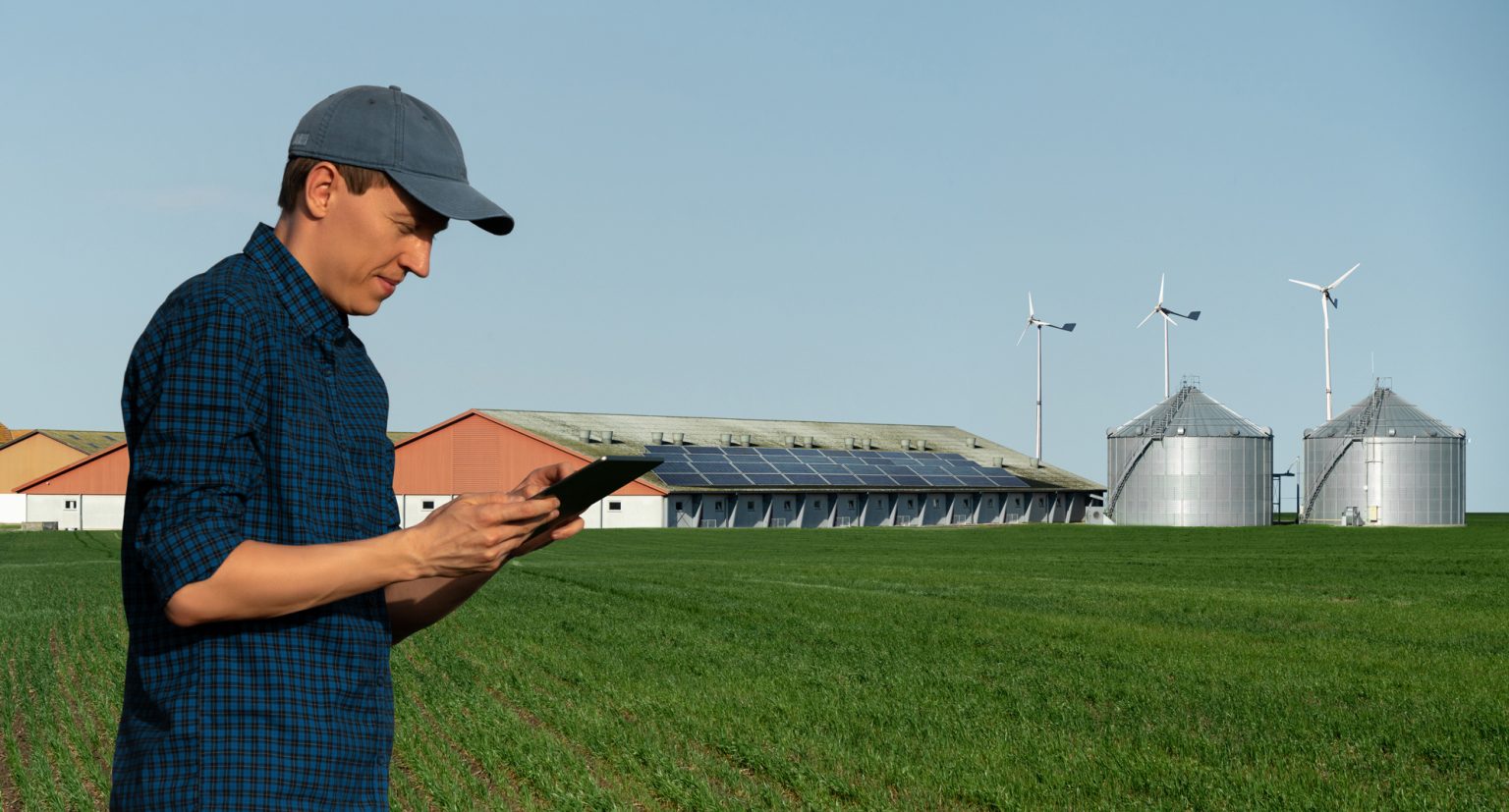
Overcoming Bottlenecks to Unleash India's Millet Revolution
India Millet Revolution stands at a pivotal crossroads. On one hand, we witness impressive production figures—with 26 to 27 million tonnes of millets harvested annually—and a burgeoning value-added market that has grown by 20% over the past five years. On the other hand, persistent bottlenecks threaten to stall this momentum. It’s time for all stakeholders—farmers, government agencies, researchers, private enterprises, and financial institutions—to join forces and transform these challenges into opportunities.
The Promise of Millets
Millets have long been the backbone of sustainable agriculture in India. They are celebrated for their nutritional benefits, adaptability to harsh climatic conditions, and potential to drive rural income. With rural per capita consumption reaching about 60 kg per year and urban consumption of millet-based products increasing by nearly 25% in the past decade, the stage is set for a transformative boom in this sector. Industry experts project that, as of now, the processed millet market could reach a value of INR 50,000 crores by 2030. Imagine doubling that potential—up to INR 1,00,000 crores—if every link in the millet value chain works in unison.

Image Credits:eco-business.com
Bottlenecks: The Hidden Challenges
Despite this promise, several critical obstacles persist:
Fragmented Supply Chains:
Millet farmers are predominantly smallholders, leading to a scattered production landscape. This fragmentation hinders economies of scale and makes it difficult to ensure consistent quality for large-scale processing.
Inadequate Storage and Processing Infrastructure:
The lack of modern storage facilities and advanced processing technologies results in significant post-harvest losses. Without improved infrastructure, much of the raw produce cannot be efficiently converted into high-value products.

Image Credits:pvcase
Limited Research and Development:
Although institutions like ICAR and IIMR are working to enhance millet farming practices, the pace of innovation remains slow compared to major crops. This gap hampers the development of standardized quality parameters and the adoption of cutting-edge processing techniques.

Weak Market Linkages and Branding:
Despite growing urban interest, the millet market suffers from poor marketing channels and a lack of unified branding. This limits consumer awareness and curtails premium pricing opportunities.
Policy and Financial Constraints:
Even with government initiatives in place, accessing timely financial support and subsidies remains a challenge for many farmers and processing units. This financial bottleneck forces many to rely on outdated, low-margin practices.

The Call for Unity: A Collective Path Forward
The future of the millet sector depends on our collective ability to address these bottlenecks. Here’s how unity among stakeholders can unleash the sector’s full potential:
1. Streamlined Supply Chains:
By organizing farmers into cooperatives and creating centralized procurement systems, we can achieve economies of scale, ensure quality control, and reduce post-harvest losses.

2.Infrastructure Investment:
A joint investment initiative involving government bodies, private players, and financial institutions could modernize storage and processing facilities. This would enable efficient conversion of raw millets into value-added products, driving up market value significantly.
3.Enhanced R&D Collaboration:
Strengthening ties between research institutions like IIMR, government agencies, and the private sector can accelerate the development of innovative processing techniques and standardized quality benchmarks.

4.Robust Market Linkages and Branding:
Building a unified brand for millet products—supported by targeted marketing campaigns and strategic partnerships—can boost consumer confidence and unlock premium pricing in domestic and international markets.
5.Improved Policy and Financial Support:
Streamlining access to subsidies and financing through targeted government schemes will empower smallholder farmers and processing units to adopt modern practices without the burden of high-risk, unorganized funding.

A Vision for the Future
If stakeholders unite to address these challenges, the potential is staggering. Current projections estimate the processed millet market at INR 50,000 crores by 2030. With a concerted, collaborative effort, this figure could realistically double to INR 1,00,000 crores—a milestone that would not only secure the livelihoods of millions of smallholder farmers but also position India as a global leader in sustainable, health-oriented agriculture.
Conclusion & Call to Action
The millet sector is on the cusp of a revolution. The facts and figures are clear: rising production, growing urban acceptance, and significant untapped potential lie within this ancient grain. However, realizing this promise requires a united front to overcome bottlenecks that have long held the sector back.
Now is the time to act.
- Policymakers: Streamline subsidies and support frameworks to empower the millet value chain.
- Agribusiness Leaders and Investors: Join forces to invest in modern storage, processing, and marketing solutions.
- Farmers and Cooperatives: Organize and innovate to enhance productivity and quality.
- Researchers and Institutions: Accelerate R&D to develop innovative, scalable solutions.
If you are ready to be part of this transformative journey, connect with us today to learn how we can work together to double the market potential and change the face of sustainable agriculture in India.
Together, united we rise.
Join the millet revolution—together, we can create a sustainable and prosperous future for all.
IS360 Can be Reached at
Sharing is caring!

